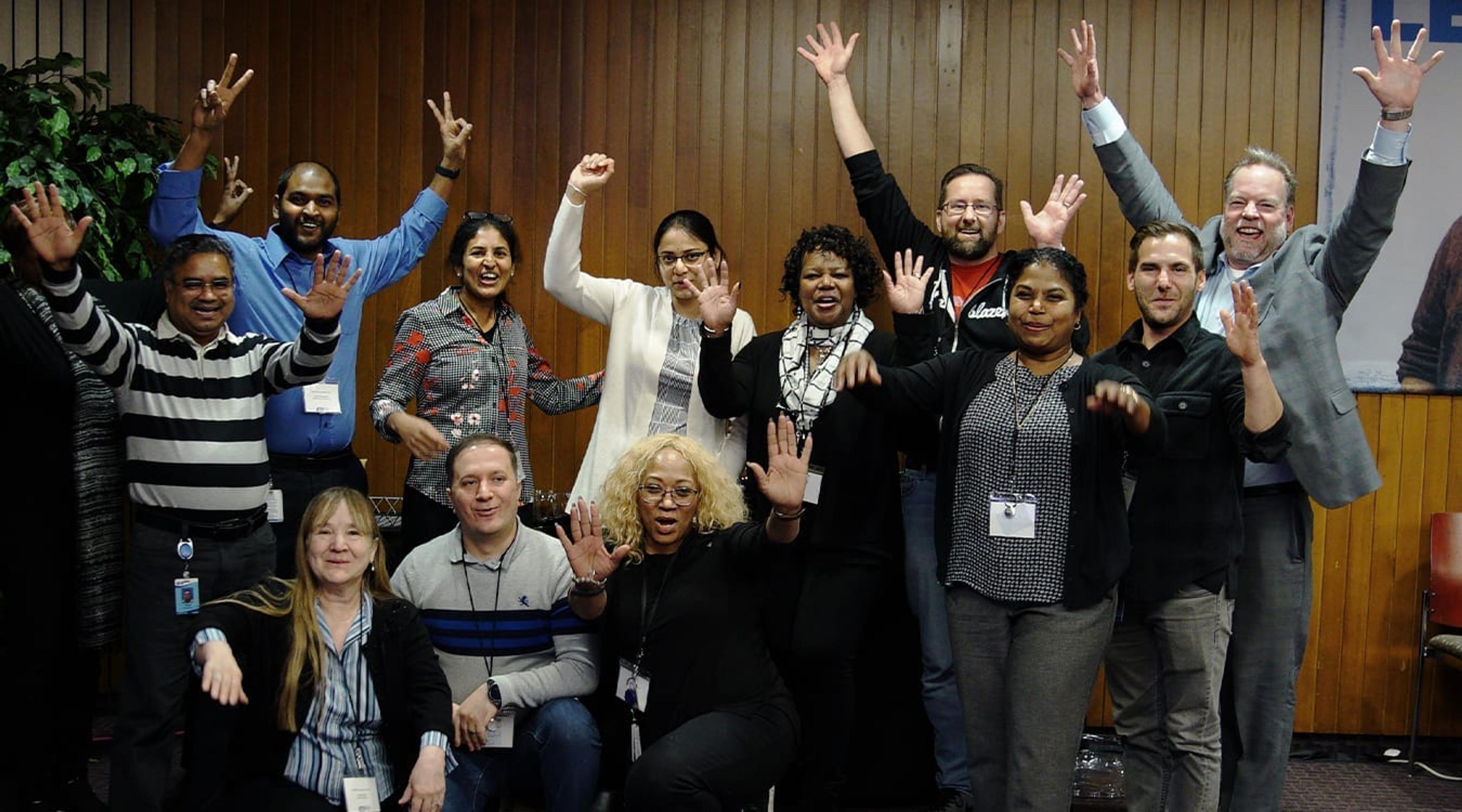Blue Cross Connectathon Takes a Collaborative Approach to Creating Inventive Solutions to Unsolved Problems

Blue Daily
| 2 min read


Blue Cross Blue Shield of Michigan is committed to the mission of providing innovative products that improve member care. It’s why we make it a priority to offer employees ample opportunities to enhance their industry knowledge, expand their skill sets and collaborate with their peers. Recently, Blue Cross partnered with the Michigan Health Information Network (MiHIN) to host the first-ever BCBSM Connectathon. This event creates a fun and collaborative environment in which Blue Cross personnel from IT and the business areas form teams and compete in a friendly competition that focuses on creating interoperability and clinical data strategies. Why it matters Interoperability among stakeholders in the health care community is vital to achieving better care at a lower cost. By creating data standardization through the adoption of HL7, we can help create efficient care delivery solutions and effective care management models that benefit both patients and providers. After opening remarks from Bill Fandrich, Blue Cross SVP & CIO, and IT Director Rich Boehm, Connectathon attendees spent the day learning about Fast Healthcare Interoperability Resources (FHIR) and FHIR-driven use cases. Teams then competed by developing and demonstrating solutions with synthetic data using MiHIN's Interoperability Land™, a digital environment that uses data visualization to test interoperability between systems.
Collaboration and Competition “Our goal was to get a good mix of people from the various IT areas at Blue Cross to get different perspectives on how to come up with solutions,” said Alicia Graham, director of the Regulatory Mandates Team. “Provider-supporting team members have a lot of working knowledge on how providers see their data today, and that can help us think about an outside-in approach when it comes to building data exchanges between us and a provider community.” Teams tackled a variety of issues, including making it easier for doctors to identify higher-risk patients who will need more care before, during and after their appointments; creating a referral program that simplifies the process of submitting and reviewing data; and eliminating silos of data to create one space to facilitate smoother interoperability among providers and payers. After two rounds of judging and demonstrations from the highest-qualifying teams, three teams finished on top: No More Silos finished in first place, with API Blossoms and BIT Hackers coming in second and third place, respectively. But the goal for the day was more than just winning the competition, according to Graham. “Success today is coming up with results that are useable, unique and something we can build upon and actually make happen.”
First place: No More Silos Second place: API Blossoms Third place: BIT Hackers Photo credit: DP+





